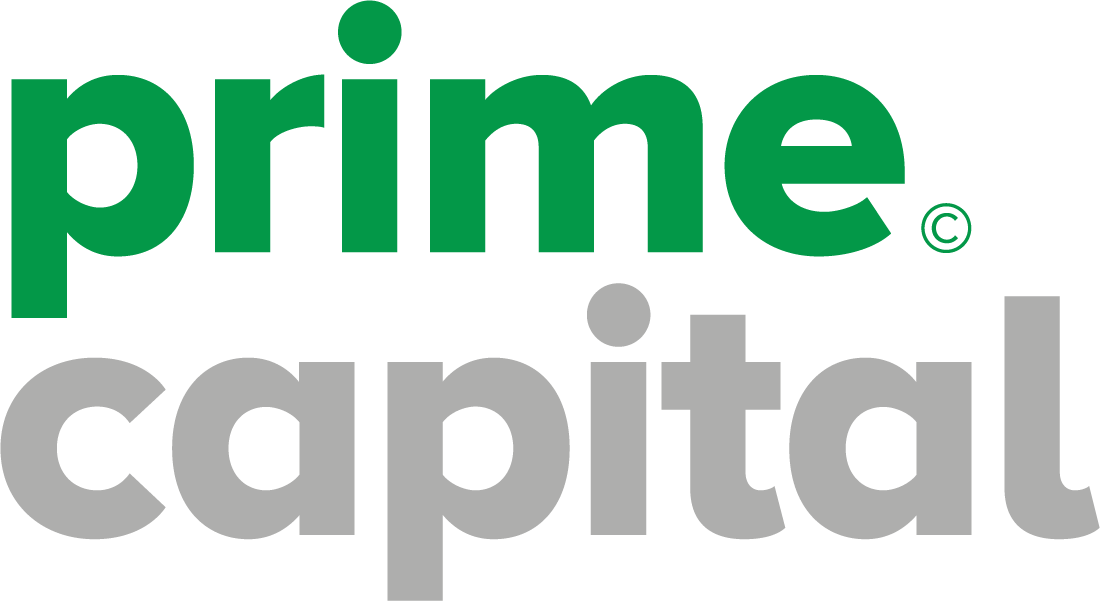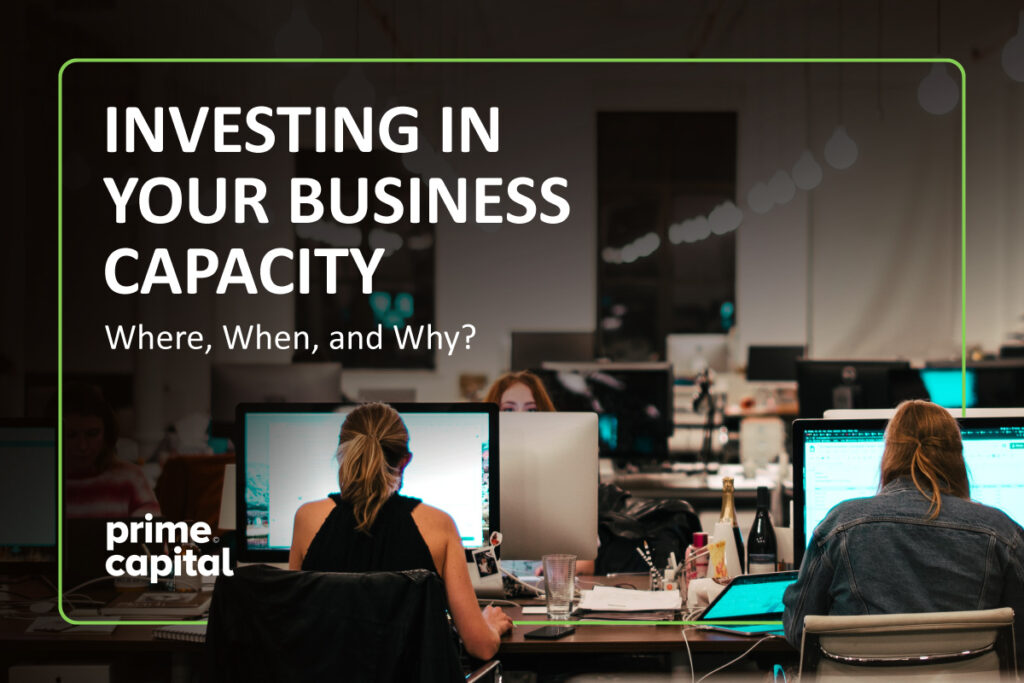Business growth can take many forms. New heavy equipment leases, new staff, new Halloween candy guts… But not all of them are the right fit for your business (or your wardrobe). At least not each at all times. If understanding your capacity was the first step in building out a future strategy, understanding the right kind of investment to make is your next.
This blog will focus on that second step—click here for part one so you’re not wondering who all these new characters are.
When is the Right Time to Invest in Business Capacity?
Often, we neglect to invest when we should for some pretty simple reasons. Like messy love lives, hindsight is always so clear.
Some of the reasons business owners neglect to invest in business capacity include:
- Being too busy to do it. (We get it; you’re treading water most days, and the last holiday you had was… well, who can remember that far back? Maybe when Alf was still around?)
- Not having the necessary skills or experience to take the business to where it needs to go. (In other words, you don’t know what you don’t know—and you don’t want to know it).
- Not being able to afford it. (Can you pay for the growth tools you need BEFORE having the growth to pay for them? If the dollars are stretched already, this can seem like too big a mountain to climb).
Good news—if the answer to this last one is a big YES, at least when the question is cash on hand, there is a solution we’re uniquely equipped to offer, but more on this later.
If You’re Not Getting Ahead, You’re Falling Behind
Let’s play devil’s advocate for a minute. Pretend you NEVER invest in capacity-building growth and take the path of “don’t fix it if it ain’t broke.”
Here are some things that happen when you defer growth investment:
- Your competitor grows and begins to solve new problems for your clients.
- Your recruitment of new team members suffers due to your obsolescence in the changing industry.
- Your machinery and equipment downtime gets worse and more costly.
- You start missing commitments and deadlines and angering your important client base.
- The worst offender… You begin to dread the risk of change, thereby ensuring you will never risk change.
I don’t mean to frighten you, but capacity truly is a double-edged sword—too much, and you’re drowning in bills with no bucks to back it up; too little, and you’re just drowning.
So—if neither is sustainable, now what?
“Utilization,” or, Managing Capacity
A term to bridge your capacity and your maximum profitability is “utilization.” If capacity is “what you can do,” then utilization is “how much you’re doing.”
If your staff and machinery are sitting idle, you have under-utilization. If they’re both burning out, you are experiencing over-utilization, and that could be an even bigger problem in the short AND long term.
There are all kinds of project-based analytical tools and many software tools that can help you measure and manage utilization, some of which are even free. Or, you can access grants to have your business evaluated by an expert outsider. If you don’t want to pay for someone to tell you how to run your business, think of this as buying the time you don’t have to do it yourself and a fast-tracking identification of the correct problem.
A word to the wise—the worst thing you can do is rush into a fix that wasn’t the problem at all. It’s money down the drain, and countless people out there will try to make you spend it on their snake oil. Focus on results-based analytics that are tailored to your industry.
A great utilization report should evaluate:
- how you do things,
- why you do them, and
- what resources go into doing them
The key to success, like in any well-managed building project, is to measure twice, cut once. Or don’t cut at all—it depends on what you need! Test your assumptions on a small project if you can. And make sure to take notes. Oh, so many notes.
Before Investing in New Equipment, Try This…
Now that you’ve properly mapped your business, investing in new people or equipment could be the right answer. Still, some techniques that work really well to build new thinking around your process and procedures include:
- Imagine new ways to accomplish the work. Start by convening a cross-functional staff team, and imagine that you could start the business from scratch. What could it look like? New tools, new tech, and maybe a new team? In this scenario, there are no wrong answers, but your first 50 ideas probably aren’t the right ones. Keep going—you’ll find amazing energy from doing this work as a team.
- Plan site visits to advanced competitors and learn from them. You might learn to shortcut around some of the mistakes they made on their path to capacity building. You’d be surprised just how many of them are happy to share their stories and knowledge.
- Evaluate how others have been making changes. Is there someone out there who is taking the market by storm? How are they doing it, and could you do the same? Maybe even better, given your outside look and experience?
- Trade associations and networking are a good starting point. These organizations want to help industry participants stay successful and regularly host education and resource-building sessions.
- Attend conferences in industries that aren’t your own. This can always spur you to new ideas. Find adjacent markets that share common problems and see how they’ve solved them.
A common thread here is good, helpful data. Whether it’s problems of today or tomorrow, starting from a good data place prevents you from using the wrong assumptions and drawing the wrong roadmap. Taking time to do some research is imperative. Your starting point may be acknowledging that you don’t know quite how to proceed, but you’re going to take that first step anyway.
Leasing for Better Utilization and Capacity
The trick to not having too MUCH capacity is usually planning and timing. You have to know your market pretty well (or work with experts who do) and plan your growth very carefully. Stage it if you can, ensuring you have built a revenue growth plan on the backs of your capacity growth.
Controlling the lag between growth and revenue is not impossible, but it does take patience in the ramping-up stage. And next, we are back to cash flow and capital (ensure you have your game plan A and game plan B laid out well in advance).
It’s not the end of the world to be in an uncertain place. Too little capacity works for a while. If you are seeing a lot of turnover in your team, repair costs on your income statement, missed deadlines, and profit-eroding expenses, you may be at exactly the right place to go on a little capacity-imagining road trip to build your growth plan. But if you can’t today, your business won’t go up in flames—yet.
It’s never too late to fix the problem. It just takes a little rolling up of your sleeves.
If your problem is the affordability of the growth plan, maybe we can help. Leasing or financing your heavy equipment and tools is a way to expand those capital resources without introducing much uncertainty into the cash flow. It’s not the only way, but we’d be very happy to chat with you about whether it could be a fit for you! Call us today for an obligation-free quote!
In the next post, we discuss the third of our “water of life,” CONTINUITY! Have a fabulous week!



